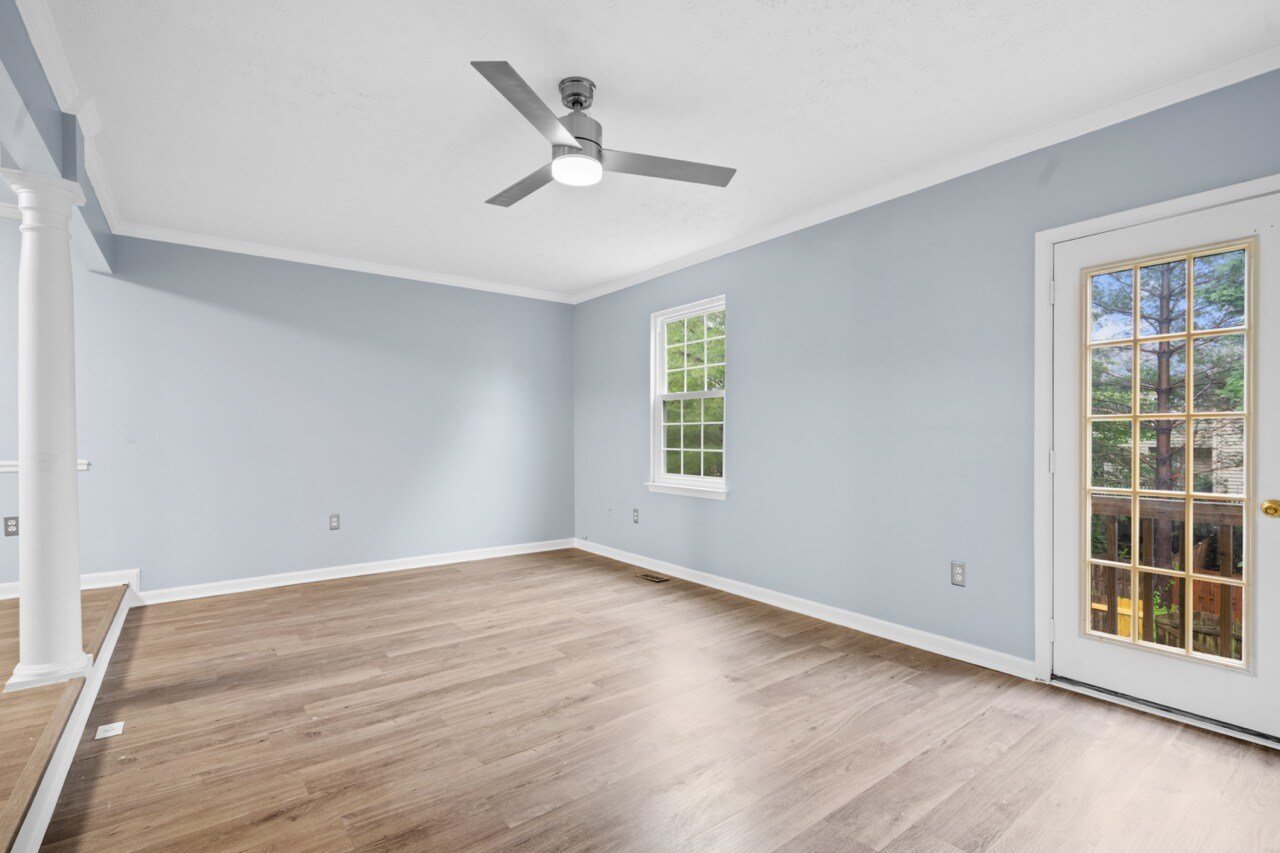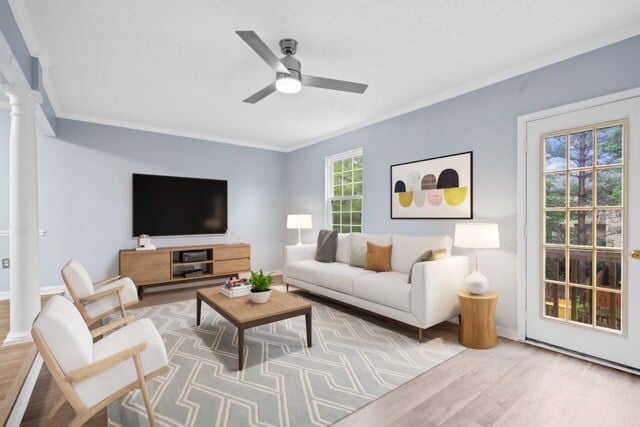Transform your property listings and captivate potential buyers with the magic of virtual staging....
Virtual Staging: How To Make Vacant Homes Stand Out

Before Virtual Staging |

After Virtual Staging |
The Power of Virtual Staging in Real Estate
In today's competitive real estate market, making a lasting impression is crucial. Virtual staging offers a powerful tool to enhance the appeal of vacant homes. By digitally furnishing and decorating empty spaces, potential buyers can envision themselves living in the property, making it easier to form an emotional connection.
Virtual staging highlights the property's best features, such as spacious rooms, natural lighting, and architectural details, and provides a modern and cost-effective alternative to traditional staging methods. Traditional staging can be time-consuming and expensive, involving the physical movement of furniture and decor into the property. In contrast, virtual staging uses high-quality digital renderings to create a visually appealing environment. This allows real estate agents to showcase the potential of any property, regardless of its current state, whether it is empty or in need of some visual enhancement. By doing so, agents can attract a wider range of buyers and increase the likelihood of a successful sale.
Benefits of Virtual Staging for Real Estate Agents
- Increases Property Appeal: Virtual staging helps agents showcase properties in their best light by allowing potential buyers to visualize the space fully furnished, even if the home is empty. This added appeal can attract more interest online and bring more potential buyers through the door.
- Cost-Effective Solution: Unlike traditional staging, virtual staging is significantly more affordable. Real estate agents can save on the cost of renting furniture, moving fees, and setup labor, making it an ideal solution for budget-conscious listings.
- Faster Turnaround: Virtual staging can typically be completed within a day or two, speeding up the listing process and allowing agents to get properties on the market sooner, ultimately leading to quicker sales.
- Flexible Style Options: Agents can choose various staging styles—modern, rustic, traditional, etc.—to match the buyer demographic or the architectural style of the home. This versatility lets agents target specific buyer preferences, increasing the listing’s appeal.
- Enhances Online Presence: With most buyers starting their home search online, well-staged, attractive photos make listings stand out in a competitive digital market. Virtual staging boosts online engagement, which can lead to more showings and quicker sales.
How Virtual Staging Works: A Step-by-Step Guide
The process of virtual staging is straightforward and user-friendly. First, high-resolution photos of the vacant property are taken. These photos serve as the foundation for the staging process. Next, professional designers use specialized software to add furniture, decor, and other elements to the images.
Once the virtual staging is complete, the enhanced images are ready to be used in marketing materials, online listings, and social media campaigns. This digital transformation can be achieved in a fraction of the time and cost associated with traditional staging methods, making it an ideal solution for real estate agents looking to optimize their marketing efforts.

Example of a virtually staged room
Best Practices for Virtual Staging
To ensure the most effective virtual staging, start by selecting high-quality images that accurately represent the property's dimensions and lighting. This provides a realistic foundation for digital enhancements. Collaborate with experienced designers who understand the nuances of interior design and can tailor the staging to highlight the property's strengths while appealing to the target demographic. It's crucial to maintain a balance between style and functionality, ensuring that the virtual furnishings complement the space without overwhelming it. Additionally, be mindful of the color palette and decor style, aligning them with current market trends and the architectural style of the home. Finally, always disclose that the images are virtually staged to maintain transparency with potential buyers, fostering trust and setting realistic expectations.
|
|

Virtually staged room 2 |
 Virtually staged room 1
Virtually staged room 1

.webp?height=200&name=Photo%20Aug%2012%202024%2c%2011%2006%2005%20PM%20(2).webp)